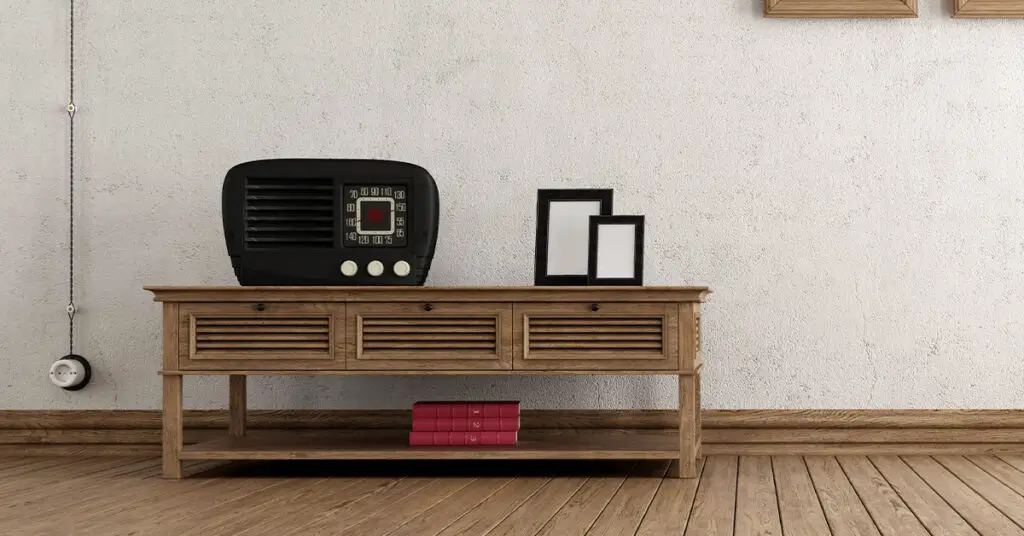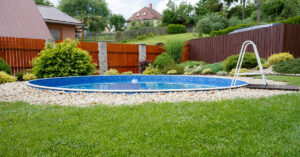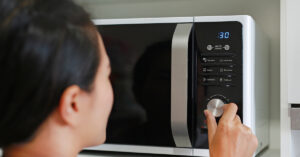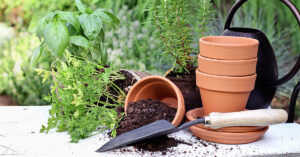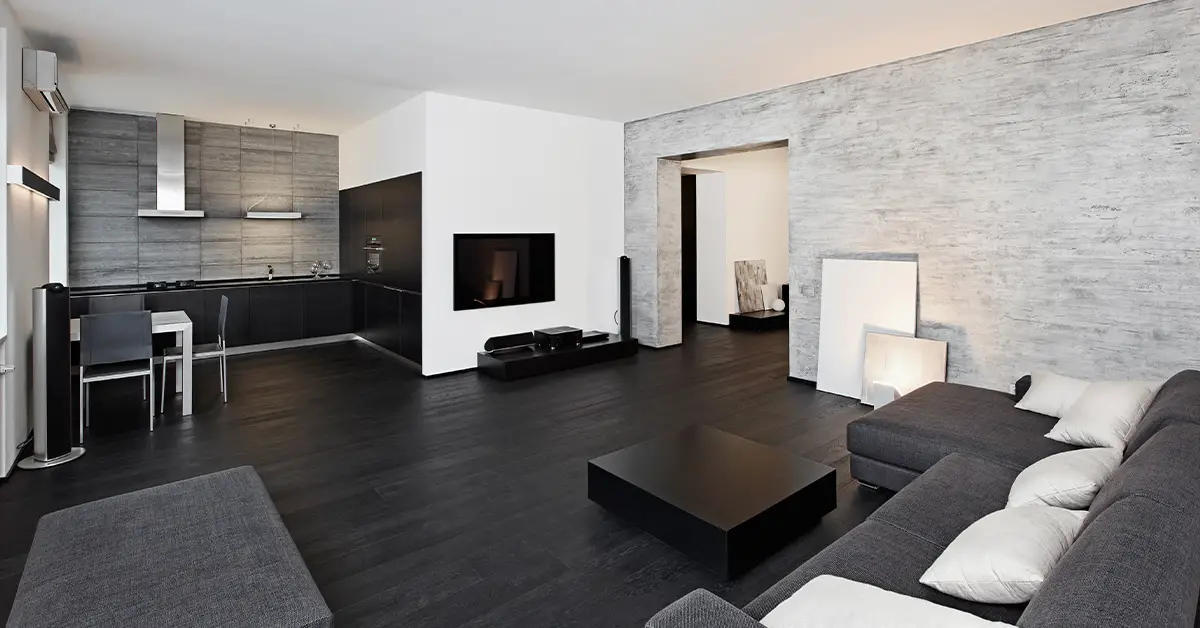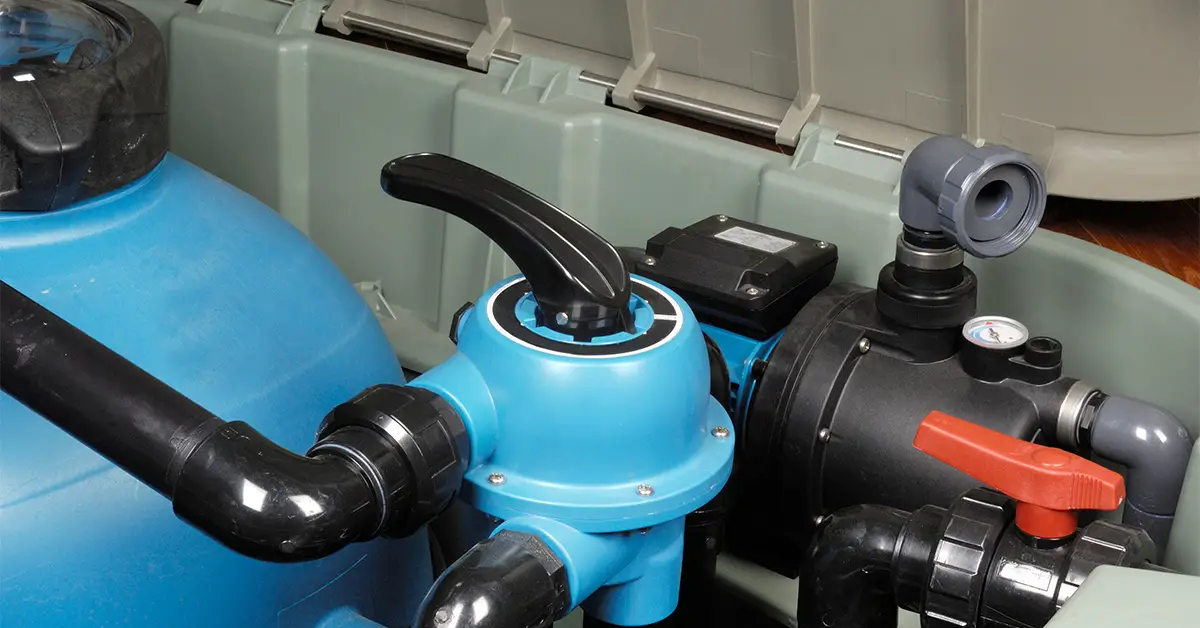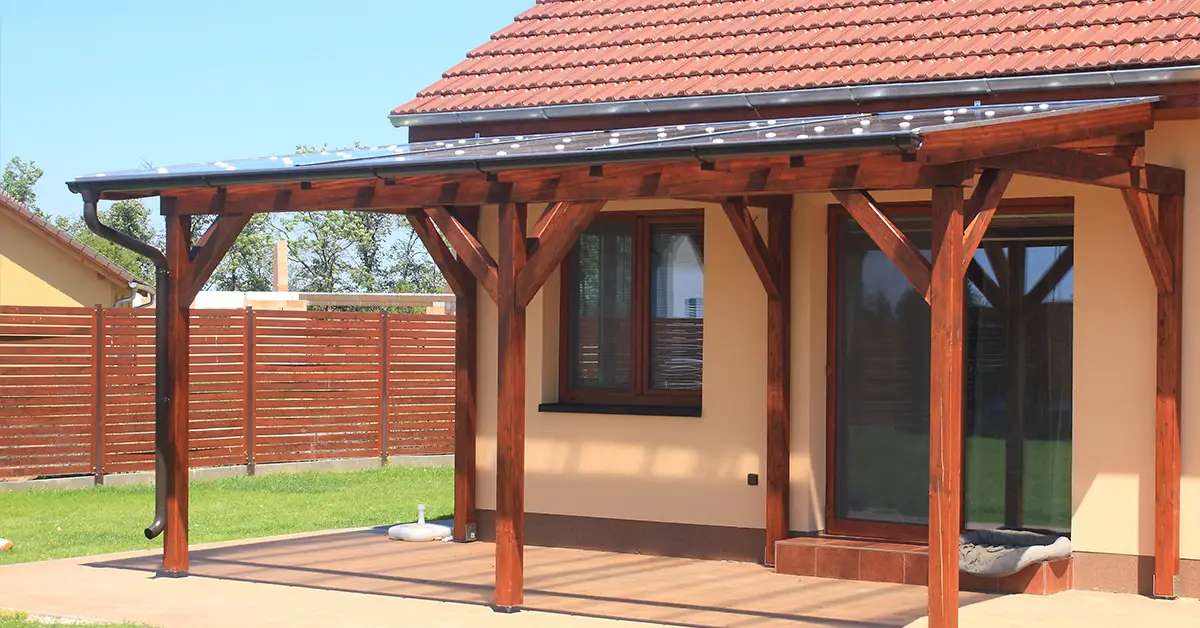There is no denying that adding textures to the walls is one of the best ways to customize your living space. Besides, there are plenty of variants available when it comes to choosing the type of texture. That way, textures can help reflect your space’s character in the best way possible.
Textured walls have an important role to play when it comes to the interior. In this post, you get to learn more about textured walls in US west coast homes alongside their purposes. Also, you get to know why people choose them and what to do if you no longer want textured walls.
Table of Contents
Reasons why people choose to have textured walls
After several years of many people thinking that textured walls are a fashion of the past, it has been gaining immense popularity these days. Some designers are even providing a twist to the original form of textured walls and updating the overall look to a great extent.
In short, it serves an aesthetic purpose while making it functional. Here are the reasons why many people opt for textured walls.
1. To induce character
When you have textured walls, it adds warmth and character to the living space. With lots of textures for you to choose from, you get the right one that suits your personality. Hence, textured walls provide character to your rooms while making them soothing for your guests as well.
However, ensure that you have the perfect surface and furniture to complement the textured wall. That way, you can add balance and interest to the design of the room. So, make sure to use the right kind of texture in your room.
2. To hide surface imperfections
Most people use textured walls to hide small imperfections on surfaces. Indeed, this is the only way to get the job done without spending a lot of fortune. Here are some great examples of textured walls that you get to see often.
- Orange peel is a splatter-type design that is best done by professionals by using an air compressor
- Popcorn is a kind of bumpy texture that you find mostly in ceilings
- Knockdown is a mottled-texture design done by experts by using a trowel
3. To use walls as the center of attraction
Perhaps the most common reason why most people choose textured walls is to make their walls the focal point of the room. Textured walls can provide you with an accent piece that brings out the best in a room. That way, you can make a statement by featuring a textured accent wall. However, try keeping the rest of the surfaces smooth.
4. To help diffuse glare
Oftentimes it is seen that smooth walls when coated with glossy paint, they tend to reflect light. As such, people having a bright room that receives a lot of natural light might annoy them. That’s because light will reflect in all directions causing unnecessary brightness. Textured walls resolve the issue by reducing the extent of reflectivity of the given surface.
5. To absorb sound and reduce heat
Textured walls are useful when it comes to absorbing sounds, though not much. But they help muffle sounds from getting carried away to other rooms. Besides, textured walls can refract sun rays and significantly reduce heat gain from these surfaces. They do the job better compared to flat, smooth finishes.
Main purpose of textured walls
Here are the main purposes that textured walls provide:
1. Provide a cost-effective solution
To begin with, smooth-finish walls are labor-intensive and anyone who has conducted the installation knows about that. For many homeowners, it is expensive as well. Textured walls provide a more economical solution compared to smooth-finish walls. With this easy, cost-effective solution, textured walls have been a popular choice for many people.
2. Provide a more finished look
Wall texture is the most usual thing that you get to see in most West Coast homes. While the styles may vary, the majority of the homes that you find around have some sort of texture on the walls. With varying types of textures, it can help you create a more refined, finished look on the walls.
Apart from that, textured walls are one of the finishing steps that you often find after the construction of new homes. Also, you get to see after the remodeling of older homes.
3. Provide a specific aesthetic
Commonly, many people opt for textured walls to create a specific aesthetic, unlike others. That’s because wall texture can be used in a lot of different ways. Besides orange peel texture or knock-down texture, numerous texture designs can impact the overall aesthetic of your room.
Moreover, you can create customizable textures with lots of application methods. For example, a heavy texture created with a trowel can act as a backsplash in the kitchen or create a dramatic look in the dining room. If you intend to use wall texture as a design element, you can experiment with it. Or else, bring a professional to help you out.
What to do if you no longer need a textured wall?
Although textured walls are a favorite for many people, you may feel the need to remove them a few years later. Follow the tips and you can get rid of it in no time.
- Use tape to cover baseboards, window trim, and door trim. Wear protective goggles and the right clothing so that you don’t get dirty during the process
- Consider one square foot at a time and spray warm water on the textured drywall. Allow it to settle for about 5 minutes. Take a drywall knife and gently scrape off the surface. Make sure whether or not the texture chips or peels away from the wall. If you notice something like that, continue the process over the remaining areas
- Next, use sandpaper between 120 and 150 grit to sand the surface. As such, it will result in proper surface abrasion. Also, it will help maintain the integrity of the wall at the same time
- Level the walls with a suitable drywall compound if you find it hard to remove the texture completely. Apply one to two coats for proper leveling. When the coats have dried, use sandpaper to get a flat, smooth surface

